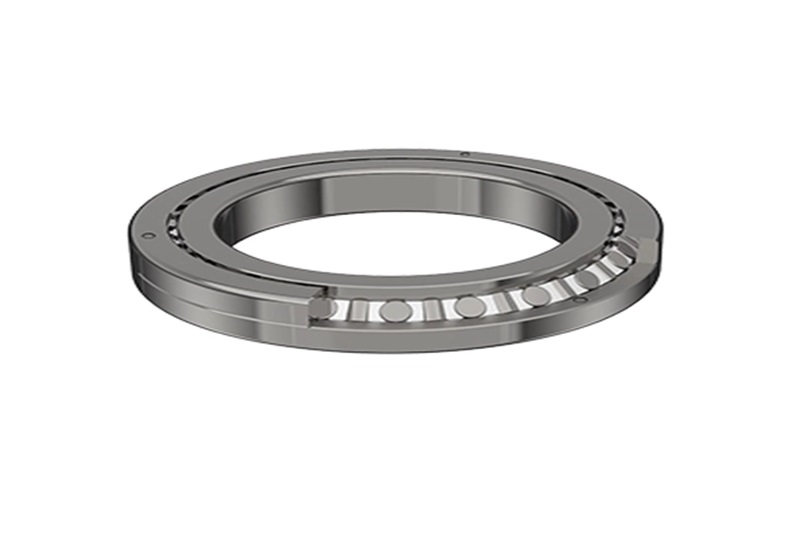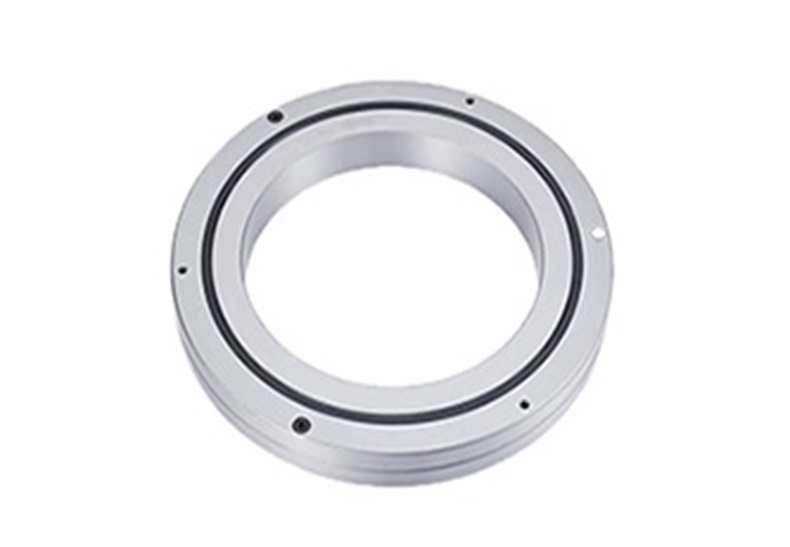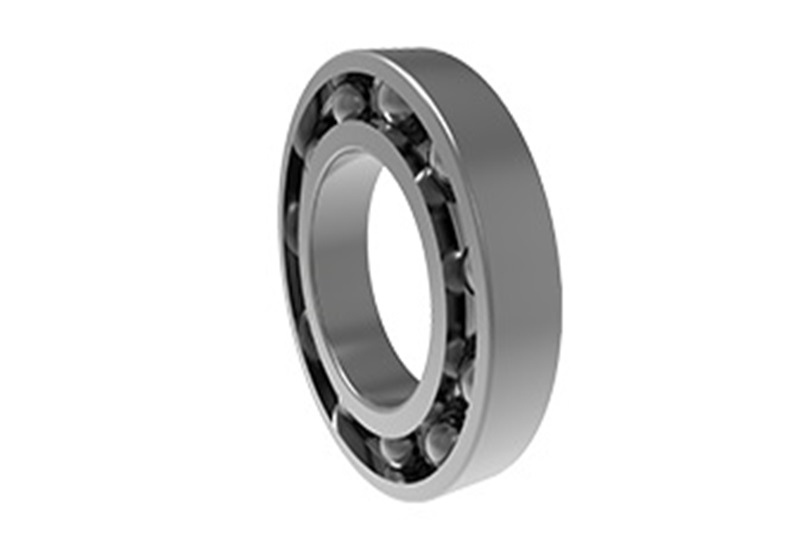Is Smaller Surface Roughness Better for Slewing Ring Bearings? How to Choose?
Surface roughness refers to the small spacing and small peaks and valleys on the processed surface. The roughness of the bearing surface may affect the wear resistance, stability, fatigue strength, and stability of the bearing. Generally speaking, the smaller the surface roughness of the bearing, the better. However, it still needs to be determined according to the equipment's usage requirements and process accuracy.
Isn't the surface roughness of the slewing ring bearing the smaller the better?
The roughness of the surface of the slewing ring bearing is better to be smaller. This can be analyzed from the following aspects:
Material physical properties
The surface roughness of the bearing is commonly represented by Ra. Generally, from the working principle, we hope that the surface roughness of the slewing ring bearing is smaller and better. Generally, the higher the tolerance accuracy grade of the bearing, the better its surface quality and the more exquisite workmanship. However, when two surfaces are too smooth, adhesive contact may occur under pressure (exchange between materials of the same or similar materials, commonly known as "dyeing phenomenon" in our daily lives, but here belongs to the exchange of metal substances). And too rough surfaces are prone to peeling and detachment under stress.
Processing cost
Theoretically, the smaller the surface roughness of the slewing ring bearing, the better. The smaller the roughness, the smoother the surface, and the more beautiful the appearance. However, the size of the surface roughness is determined by the processing technology and other factors, such as friction and cutting between tools and bearing surfaces, high-frequency vibration during processing, and so on.
However, the smaller the surface roughness, the higher the processing cost. Whether the use cost of parts matches the consumption rate and equipment production value and profit needs to be considered. Some accessories do not require high surface roughness of the bearing, and pursuing surface roughness excessively will affect the economy of processing.
Principles of selecting the surface roughness of the slewing ring bearing
Economic perspective
From an economic perspective, the lower the precision, the better, on the basis of satisfying the performance requirements of the slewing ring bearing. This can lower production costs.
Functional use
The roughness value of the working surface is smaller than that of the non-working surface.
The roughness value of the friction surface is smaller than that of the non-friction surface.
The roughness value of the clearance fit is smaller than that of the interference fit.
The roughness of the fitting surface should be equivalent to its size accuracy requirements. The smaller the size, the smaller the roughness value.
The roughness value of the surface affected by cyclic loads and possible stress concentration at the inner corners and grooves should be smaller.
Is the smaller the surface roughness of the slewing ring bearing, the better? I believe everyone understands. When choosing the bearing accuracy and selecting the surface roughness, it is also necessary to determine according to actual needs, and cost control is also important to ensure the performance of the bearing.














 English
English  français
français  Deutsch
Deutsch  italiano
italiano 



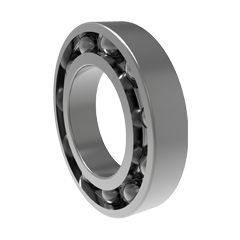
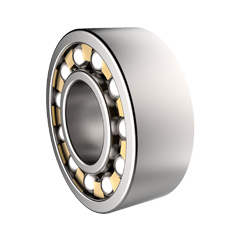
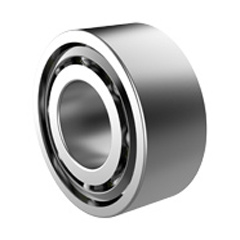
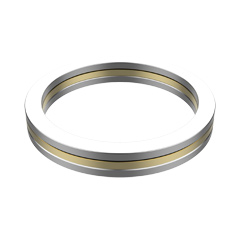
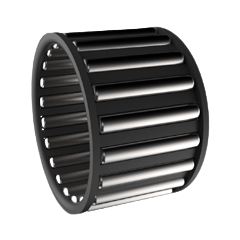
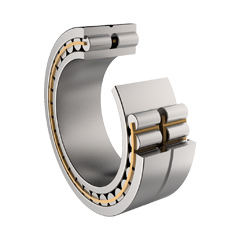
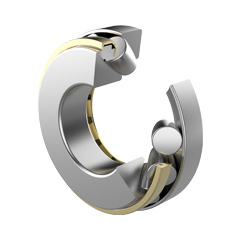
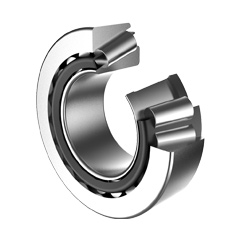
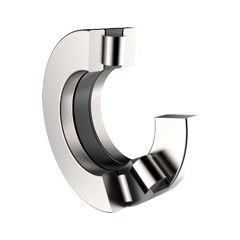
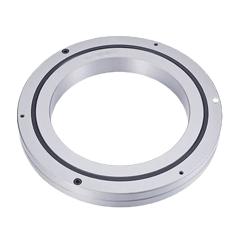
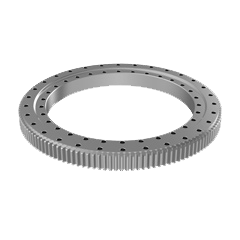

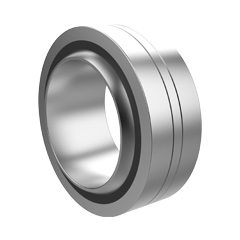

 English
English  français
français  Deutsch
Deutsch  italiano
italiano 

